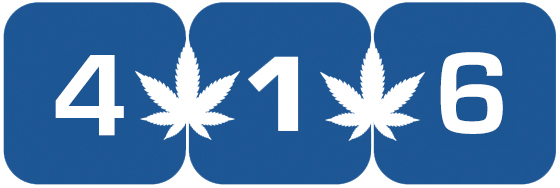A recently published analysis charts a course between the films of Federico Fellini and his well-documented experimentation with psychedelics.
The analysis, published in July in the journal Drug, Science, Policy and Law, notes in the abstract that “LSD has been used by artists, scientists, and intellectuals, amongst others, to stimulate their creative insights,” and that Fellini, the auteur behind acclaimed films such as 8 ½ and La Dolce Vita, “used LSD when it was still legal under the guidance of his psychoanalyst during a phase of personal and creative crisis.”
“This article proposes a phenomenological analysis of how his filmmaking and his creativity was enhanced after using LSD in such controlled therapeutic settings, according to four main domains: (a) time, (b) space, (c) body and others and (d) perception of the self. In particular, time flows irregularly and is punctuated by disorienting flashbacks, colours become supernaturally brilliant and detached from objects, sounds pop up independently from any visible source, and human bodies become often deformed, grotesque and caricatural. The boundaries between dream- and reality-worlds also collapses,” the authors of the analysis wrote.
Fellini’s use of LSD was not uncommon, with the authors noting that a “significant cohort of artists and intellectuals, many belonging to the ‘via Margutta’ group in Rome used psychedelics.”
Fellini Satyricon. 1969. Italy. Directed by Federico Fellini. Courtesy United Artists/Photofest
They received LSD treatment under the supervision of Emilio Servadio, described as “one of the fathers of Italian psychoanalysis.”
“In the summer of 1964 Federico Fellini was treated with a single dose of LSD by Dr Servadio one of most prominent Italian psychoanalysts. Together with Fellini, Dr Servadio and a nurse attended the session. Fellini’s words were also recorded with a magnetophone. In a later interview he explained that this single with LSD experience had a significant effect …
Read More
Author: Thomas Edward / High Times







